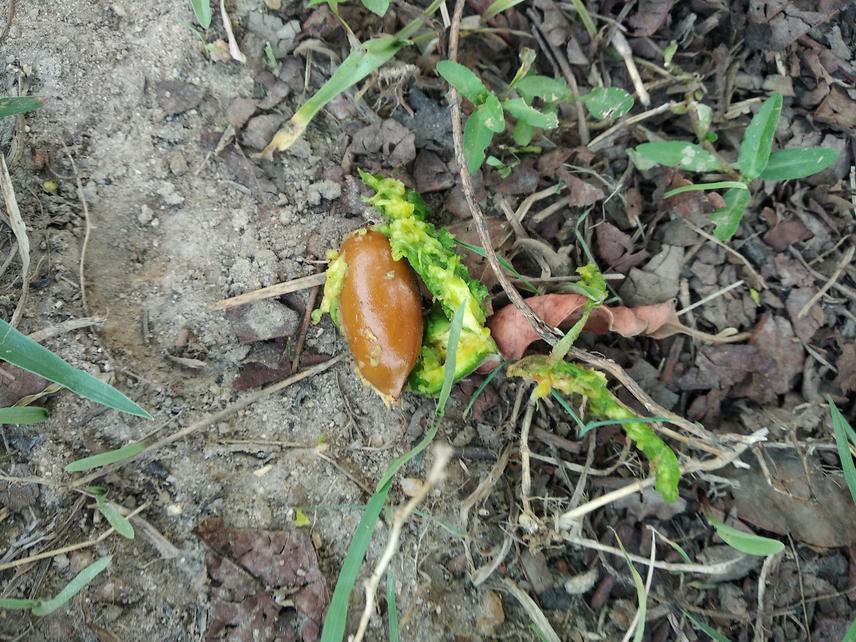Abhijit Dey
Other projects
17 May 2024
Empowering Indigenous Communities to Conserve Mahua Trees, the ‘Kalpavriksh’ of Indian Deciduous Forests, by Rejuvenating Mahua-based Sustainable Livelihoods
Mahua (Madhuca longifolia) is an immensely important tree species for several indigenous communities, who live by the Tropical Deciduous Forests (TDFs) of India. Other than being a crucial source of livelihood, it bears a high cultural reverence among the communities and has a pivotal ecological significance for the functioning of the Central Indian forests (i.e., TDFs). However, multiple anthropogenic stressors are reducing the population of the species.
This proposed work is an interdisciplinary study that looks into the ecology and decline of mahua in connection to its socio-economic role. It aims to find out the major factors behind the decline and provide a suitable management strategy to restore the species and thereby contribute to the conservation of TDFs, the multiple wild species, and the local communities depending on it.

Flesh of mahua fruit chewed by bat and exposing the seed. © Abhijit Dey.
The first objective of this study is to assess the use pattern of mahua – to document the local community’s dependence on mahua seeds, their perception of mahua ecology, and its population decline.
My next objective is to get an idea of its dispersion ecology – to investigate if seed harvesting reduces fruit availability for bats (the only known seed dispersers of mahua) and thereby reduces dispersion.
The third objective is to check the impacts of land-cover on the mahua population – to study the population dynamics of mahua across the land-cover gradient (from human habitation to reserved forests) to understand how it may affect the mahua population.
Thus, the study intends to unveil the causes of the decline and suggest remediation strategies accordingly. Workshops will be conducted involving the local stakeholders – to create awareness about the threat to the mahua population, and the need to restore it for livelihood security and improved ecosystem functioning. Such engaging activities will help to develop a participatory mahua conservation plan, which is expected to eventually transform into meaningful community-driven conservation actions.
Header: The forested part of the landscape. © Abhijit Dey.